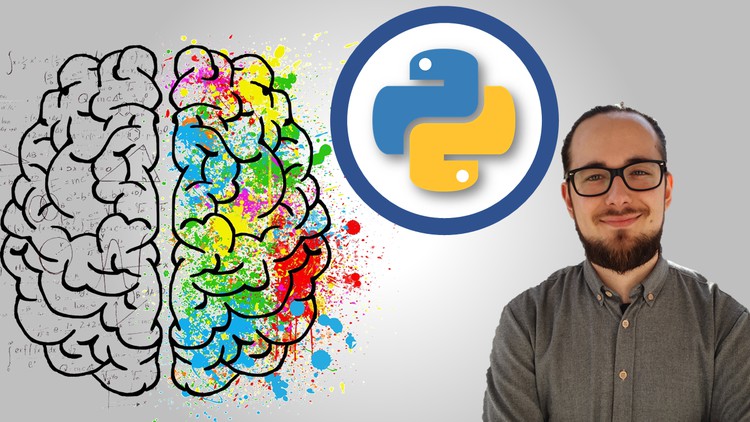Computational Physics: Scientific Programming with Python
Differential equations, eigenvalue problems, Monte Carlo methods, and more are just some of the things that can be done with numerical methods.
What you’ll learn
Computational Physics: Scientific Programming with Python
- NumPy, functions, loops, conditionals, lists, arrays and plots are all covered in a quick, easy-to-understand way.
- Numerical methods: Differential equations and eigenvalue problems, interpolation and Monte Carlo methods.
- There are some physics problems you can do to get better at them. They include the moment of inertia and the magnetic field of a wire.
- Chaotic systems, heat equation, 3-body problem, spaceship mission, coupled pendulums, magnetism, graphene, and quantum physics are some of the advanced problems that can be solved with this method.
Requirements
- I will show you how to set up Python, which is free.
- A little programming experience is good, but not necessary. We do a two-hour crash course.
- School math: Knowing the basics of derivatives and integrals.
- It’s good to know some physics, but not necessary for this class.
Description
This class is for anyone who wants to learn more about Python and physics.
Except for some school math, you don’t need any previous knowledge. In this class, we’ll start with simple projects and work our way up to more complicated ones.
As long as you have a teacher to help you, you won’t have to deal with all of this on your own.
When we do computational physics, we use math techniques like:
- Interpolation and fitting a model.
- Differentials and Integrals.
- Differential equations are also called differential equations.
- In this case, Eigenvalue problems
- The Monte Carlo method.
for all kinds of physics problems to be solved.
Please join us for this carefully planned course that will teach you all the Python skills you need for scientific programming. We hope you will join us. Some of the things you’ll learn include a quick overview and quizzes. You’ll also learn how to solve real-world problems through hands-on programming sessions in which we’ll work on real-world problems, like how to solve a real-world problem.
- Calculating the magnetic field of a wire that has been charged (integrals & derivatives)
- There was a lot of chaos and the butterfly effect (differential equations)
- Heat spreads through a sample (differential equations)
- In this game, you play as (and navigate) a spaceship as it interacts with the sun, earth, and moon (differential equations)
- Combined oscillators act in a very weird way (Eigenvalue problems, Fourier analysis & fitting procedure)
- People who have ferromagnets and people who have antiferromagnets (Monte Carlo methods)
- graphene has a lot of unique features (Advanced science lecture about the Nobel prize-winning material)
- Many more people
Reason: Why me?
As a postdoc, I work as a scientist in the field of theoretical physics.
When I tutored undergraduate, master, and PhD students in theoretical physics, I learned how to be a better adviser.
My favorite thing about Python is how easy it is to solve difficult problems with it. I have used the program to get the results in many of my publications, and I’ve told all of my students to use Python to get the same results.
The teacher and I hope you’re excited about the class.
Who this course is for:
- This class is for everyone who wants to learn Python, from beginners to experts.
- Everyone who likes physics and/or programming should go to this class.
- Science students who want to learn more about a new field of physics.
Computational Physics: Scientific Programming with Python
Numerical Methods in Python Programming
Download Now









